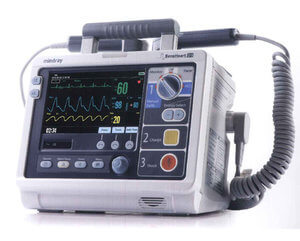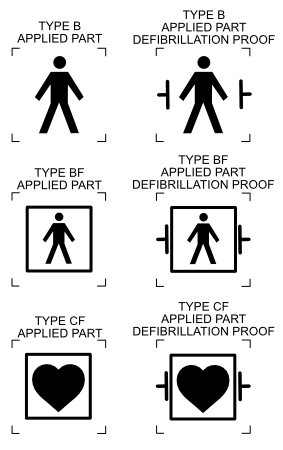PAT Testing Medical Equipment

Medical electrical equipment is not subject to the standard PAT testing procedures outlined in the IET Code of Practice and should not be PAT tested. Instead medical equipment should be tested separately in accordance with IEC 62353. IEC 62353 defines it's own series of tests. Some of these are similar to the standard PAT, such as the earth continuity and insulation tests, albeit with their own pass/fail limits. Other test procedures include measuring the leakage current on parts of the equipment connected directly to the patient. This requires test instruments that can measure leakage currents below 0.01mA, as well as specialist knowledge to identify the type of applied connectors.
"Sensitive medical equipment, e.g., ECG, infusion pump, ultrasound machines, X-ray equipment etc., should only be tested by a competent person, with suitable experience, familiar with BS EN 62353. Equipment covered by and requiring inspection and testing in accordance with BS EN 62353 is outside the scope of this Code of Practice" - IET Code of Practice

As well as hospitals, medical electrical equipment is also likely to be found in GP surgeries, health clinics, dentist etc., so it’s important that you can identify this equipment. All medical equipment that has patient applied parts is identifiable by a B,BF,or CF symbol. Any equipment bearing these marks should not be PAT tested.
These websites have information on IEC 62353 and the test procedures involved:
Rigel Medical have a practical guide to medical testing. Rigel are part of the Seaward Group and manufacture test equipment for the biomed industry.
Eastwood Park Training offer courses for the safety testing of medical equipment. Eastwood Park was formerly the NHS national training centre for healthcare engineering
If you are looking for a course for testing non-medical equipment, we offer a range of PAT testing courses for the inspection and testing of electrical equipment within the workplace.